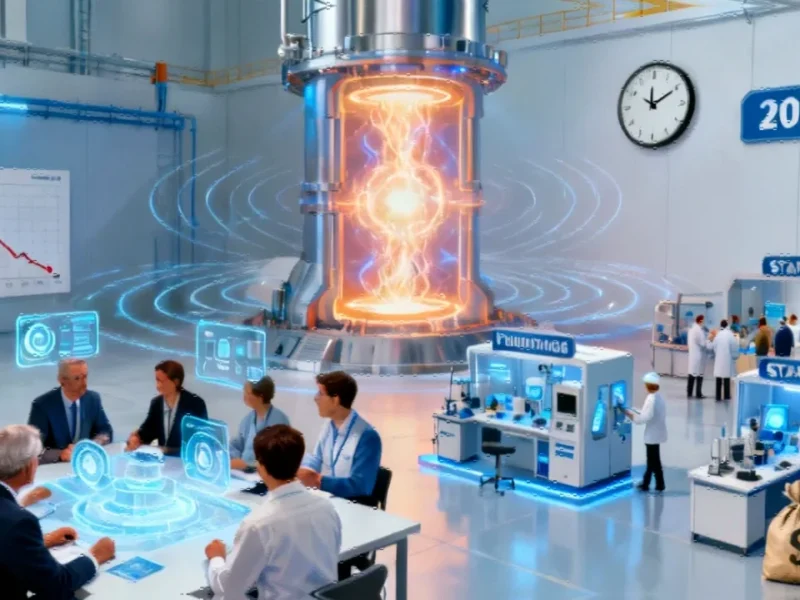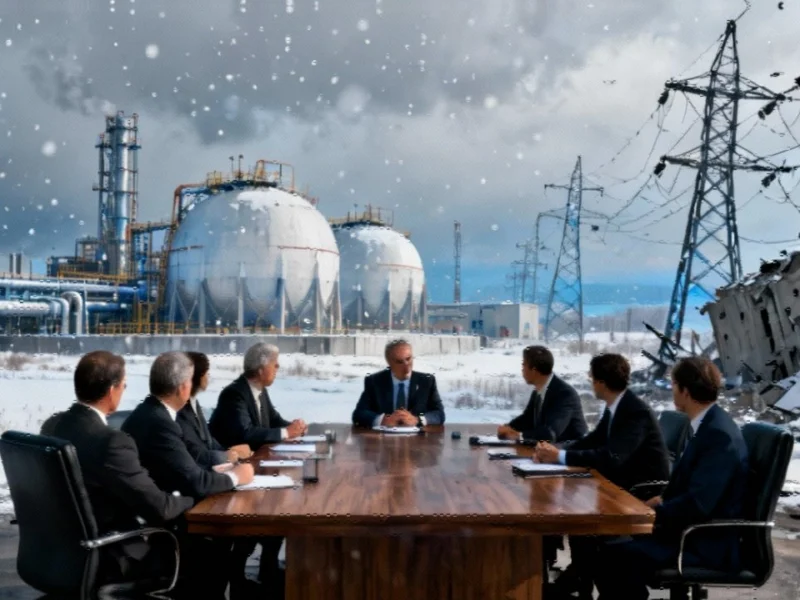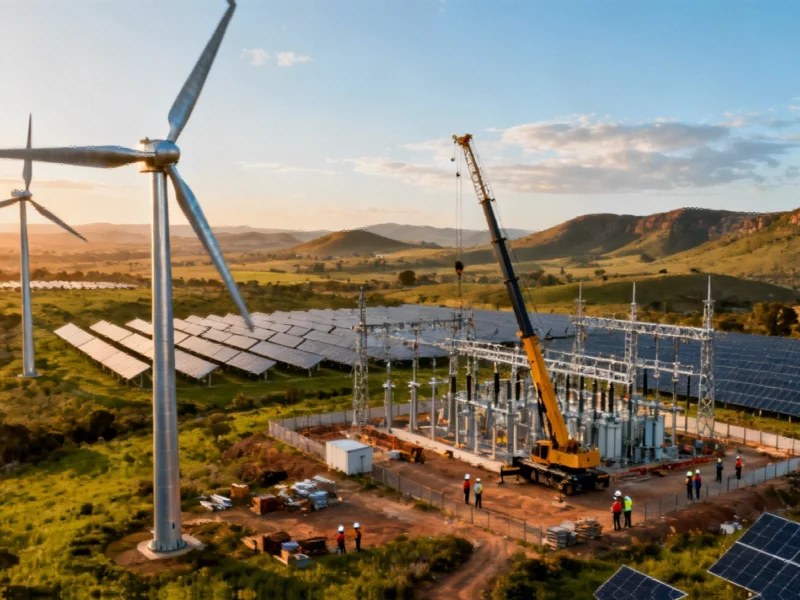Note: Featured image is for illustrative purposes only and does not represent any specific product, service, or entity mentioned in this article.
Ambitious Timeline for Commercial Fusion Power
The Department of Energy has released what sources indicate is a comprehensive new roadmap aimed at realizing the long-sought goal of commercial fusion energy. According to reports, the strategy commits to supporting research and development efforts while pursuing public-private partnerships to build the first generation of fusion power plants. The DOE reportedly envisions deploying commercial-scale fusion power to electricity grids by the mid-2030s, although analysts suggest the timeline remains highly ambitious.
Technical Challenges and Scientific Breakthroughs
The roadmap acknowledges that success still relies on achieving scientific breakthroughs that have evaded researchers for decades. Unlike current nuclear fission plants that split atoms apart, fusion power would fuse atoms together to generate energy in a controlled manner. This process essentially mimics how stars produce light and heat, but requires tremendous heat and pressure to achieve what industry experts call “ignition” – a fusion reaction that results in net energy gain.
Scientists reportedly accomplished ignition for the first time in 2022 using lasers at Lawrence Livermore National Laboratory, marking a significant milestone in fusion research. However, the report states that researchers are still working to recreate that achievement and determine how to sustain the reaction for longer periods, which remains one of the core technical challenges.
Funding Gaps and Infrastructure Needs
Despite the ambitious goals, the roadmap contains a significant disclaimer stating that it does not commit the Department of Energy to specific funding levels, with future funding subject to Congressional appropriations. This comes as the burgeoning ecosystem of fusion startups and researchers reportedly clamors for more financial support.
The document emphasizes building critical infrastructure needed to make fusion commercially viable, including facilities for producing and recycling fusion fuels. The DOE explains that typical fusion fuel involves hydrogen isotopes called tritium and deuterium. Another major challenge highlighted in the roadmap is developing structural materials strong enough to withstand the extreme conditions inside a fusion reactor, which analysts suggest replicates environments similar to those found within stars.
Private Sector Investment and AI Integration
The fusion energy sector has seen substantial private investment in recent years, with reports indicating over $9 billion flowing into fusion demonstrations and prototype reactors. High-profile backers including Sam Altman, Bill Gates, and Jeff Bezos have supported various fusion startups developing their own plant designs. Major technology companies have also shown interest, with both Google and Microsoft announcing plans to purchase electricity from forthcoming fusion power plants.
The roadmap dedicates significant attention to artificial intelligence, which the DOE describes as a “transformative tool for fusion energy.” According to the report, researchers can use AI models to create digital twins that simulate how experimental facilities would perform. One notable collaboration involves Nvidia, IBM, and the Princeton Plasma Physics Laboratory working to establish what they’re calling Stellar-AI – an “AI-optimized fusion-centric supercomputing cluster.”
Regional Innovation Hubs and Workforce Development
The strategy also calls for developing regional hubs for fusion innovation where DOE laboratories would collaborate with universities, local and state governments, and private companies. These hubs aim to build workforce capacity for emerging fusion technologies while addressing what industry developments suggest are critical staffing needs in the specialized field.
As the fusion sector continues to evolve, recent technology investments have shown growing confidence in the field. Companies like Helion Energy and Commonwealth Fusion Systems have secured significant funding rounds, indicating strong private sector interest in related innovations.
Competition with Established Energy Sources
While fusion promises abundant carbon-free energy without the radioactive waste of fission, the technology faces competition from increasingly affordable renewable alternatives. According to market trends analysis, 91% of new renewable energy projects are now cheaper than fossil fuel alternatives, creating additional pressure for fusion to become economically competitive.
The historical context of fusion research includes weapons development, with early research into hydrogen bomb technology contributing to fundamental understanding of fusion principles. However, the current focus remains squarely on developing controlled fusion reactions for peaceful energy generation, building on scientific breakthroughs that have gradually advanced the field toward practical application.
This article aggregates information from publicly available sources. All trademarks and copyrights belong to their respective owners.



